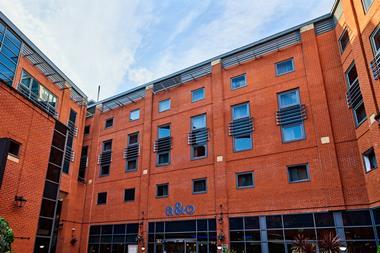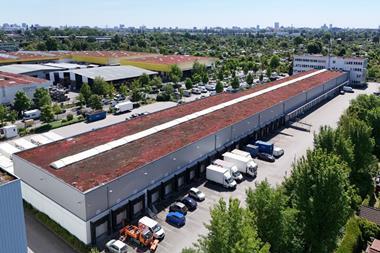EUROPE - European pension funds will look to secondary assets in search of higher returns as economies recover across the region, according to Simon Mallinson, director of research at Invesco.
"We're still talking about core, low-risk and value-added assets but we're expecting to see investors looking at assets that aren't fully let or need a bit of refurbishment," he told IPE Real Estate. "That's a change from the past 12 months, where transactions have been for fully-let assets with long-term leases."
He said pension funds with historically higher return expectations - say, of 10-12% - were being forced slightly higher up the risk spectrum to achieve them. Specifically, they would look to mitigate risks associated with shorter leases with likely rental growth.
However, woolly distinctions between prime and secondary space made it difficult to distinguish adequately between the two categories.
"There are massive differences between secondary assets," he said. "You could be talking about assets that have fallen out of the prime space, in locations that are slightly off-pitch. When we talk about secondary, we're talking about the lower risk end of the secondary market and strategies that take account of dislocated assets.
"On the other hand, if you're talking about old assets in secondary areas, these will continue to struggle for the next few years."
A note issued yesterday by the fund manager cited occupier demand and rental upturn as the dominant characteristics of the European property market over the next 18 months. Although investors would continue to see relatively high vacancy rates, rents were unlikely to decline significantly this year.
"There is a lack of development pipeline in the market," said Mallinson. "If you compare it to the mid-1990s, there was a huge development pipeline and it took time for vacancies to be absorbed when the economy picked up. Now we're nowhere near those peaks and occupier demand were quickly absorb what vacancies remain."












